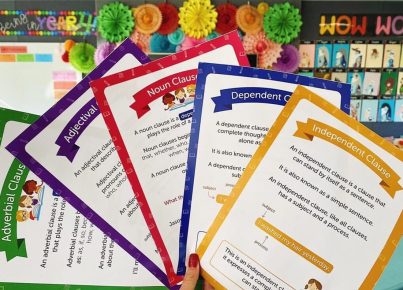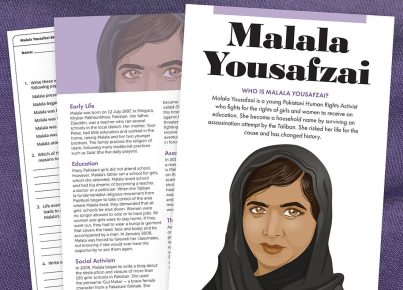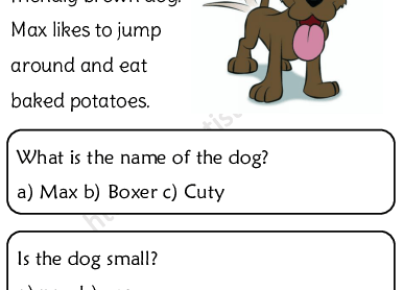1. Create a Character Collage: In this activity, each student will choose one of the main characters from the novel and create a collage highlighting their character traits, quoting lines from the book, and including images that visually represent their character.
2. Debate the Power of Love: The theme of love’s power to overcome evil is central to A Wrinkle in Time. Have students form teams to debate the strength or weakness of this theme, using evidence from the text to support their arguments.
3. Design a Tesseract: In A Wrinkle in Time, the tesseract is a wrinkle in space and time through which characters travel. Have students research tesseracts, then design or build their own representation of this complex concept.
4. Planetary Research: The story journeys through several fictional planets with unique features and inhabitants. Assign each student a planet from the novel and have them research real-life astronomical features that could make such a planet possible.
5. Create a Timeline: Assist students in visualizing the progression of events by creating detailed timelines complete with illustrations and brief summaries for each significant story event.
6. Science Fiction Movie Day: As a way to explore how film adaptations capture or change a novel’s themes, arrange a showing of the 2003 or 2018 film adaptation of A Wrinkle in Time and follow it up with classroom discussions comparing it to the book.
7. Meg Murry as a Hero: Students can write an essay analyzing how Meg Murry is portrayed as a hero throughout the novel. They should explore her growth, strengths, weaknesses, and ways she uses her unique abilities to contribute to the quest’s success.
8. Write Your Own Sci-Fi Story: In this creative writing assignment, students will use plot elements or themes from A Wrinkle in Time as inspiration to create their own original science fiction short stories.
9. Nonlinear Poetry: Drawing inspiration from the book’s time-traveling theme, have students compose nonlinear poems that reflect on events that happened during the story. Encourage the use of figurative language and vivid imagery.
10. Illustrate a Scene: Students can select a memorable scene from the novel and illustrate it, paying attention to important details and incorporating elements of setting, characters, and actions to convey the essence of the scene.





